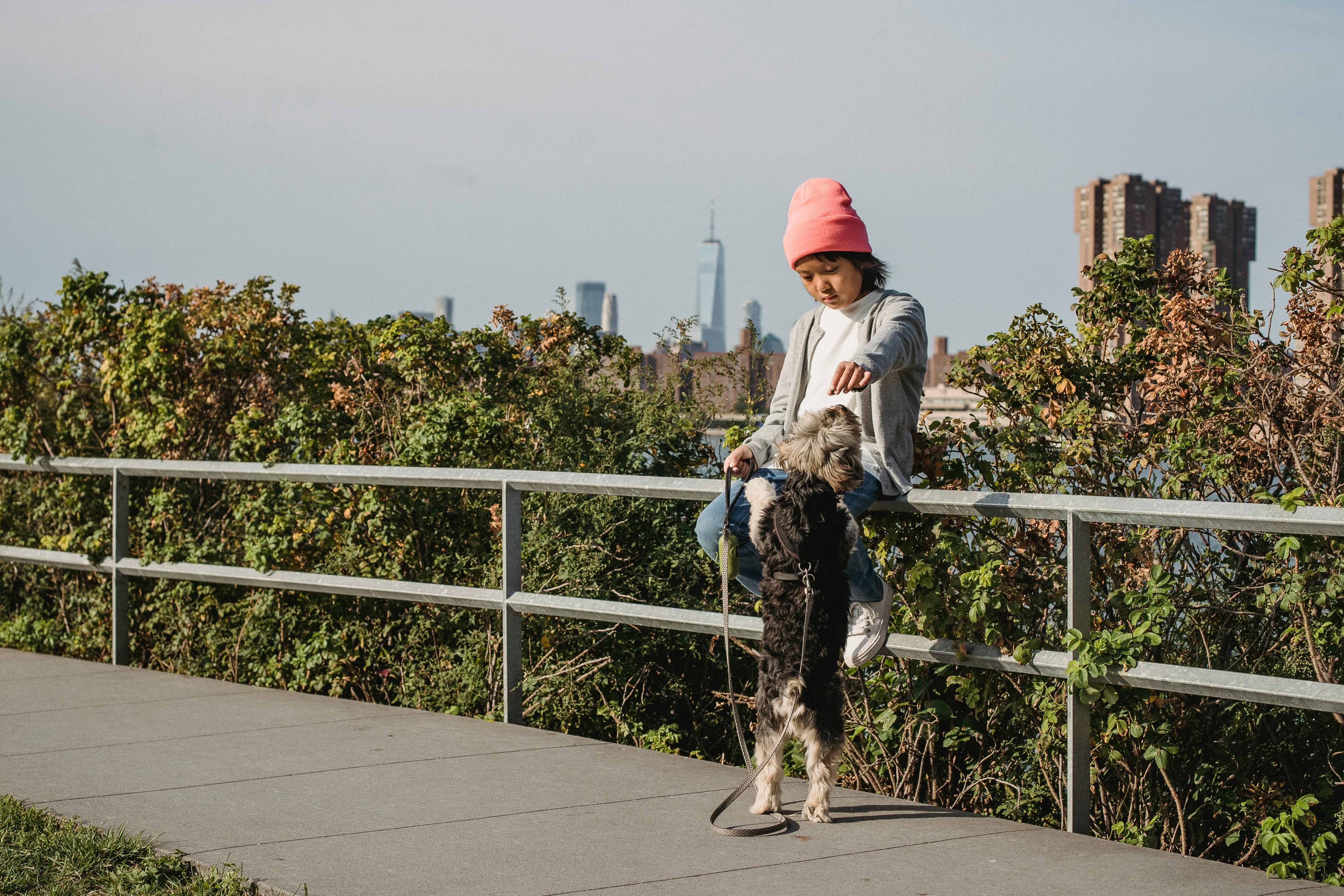One point that I have repeatedly emphasized in my articles is that there is no one-size-fits-all solution to managing incontinence. This article talks about the various brands and types of cloth and disposable diapers available to control bedwetting and is divided into three parts. There are many different factors that go into choosing an incontinence product. The key factors that play a role in the decision-making process are the following: the type and level of incontinence, whether or not the person prefers to wear disposable or reusable garments, how a particular garment affects the wearer’s skin, the ease of use that includes how easy and comfortable it is to put on and take off (some people are not ambulatory and need more suitable clothing for this problem), price, how comfortable the product is, if problems occur during the day, at night or both , and how a particular product fits the user (which in turn influences how comfortable the product is and how effective it is in protecting both the individual and the bed). Although these are important factors to consider when purchasing incontinence products, the two primary criteria to consider are how effective the product is in keeping both the individual and the bed dry and how comfortable the product is. .
As I talk below and have mentioned in other articles, most people wear clothes that look like underwear. I have decided to take a different approach with this article. I decided to focus on diapers, specifically cloth diapers covered in plastic briefs and tape tab disposable diapers. The reason for this is twofold. In my reading on this topic, I have noticed that these diaper styles receive little attention from the public, including parents of bedwetters, pediatricians who write about bedwetting, and other professionals. The second reason to focus on these types of garments is that many people feel that these styles offer superior protection for severe incontinence, such as bedwetting. I will point out the advantages of these types of products later in this article. As an example of this, a father who had a son who wet the bed got very wet and got wet several times a night. The father could not afford to spend the money on the number of diapers needed and switched to snap diapers covered with plastic underpants. The majority of the public has always had a negative opinion about diapers and I think it is time that we take a more pragmatic approach to this issue and use the type of protection that is most effective in keeping both the bed and the child (or adult ). dried. If that means wearing diapers (which in many cases are the best option), then diapers should be used.
When shopping for incontinence products, it is important to know the different terminology for incontinence products. For example, the term disposable briefs refers to disposable diapers for older children, adolescents, youth, and adults. These garments have the same fit, design, and style as baby diapers: they have ribbons, elastic leg gathers, some have elastic waist bands, and a plastic or fabric outer shell (also known as non-woven). As for the outer cover, there are manufacturers of disposable underpants that offer two models, one model has an outer plastic cover and the other has an outer fabric cover. Some manufacturers, in turn, only offer models with a plastic outer cover. It is also important to remember the terms used for different types of incontinence. This helps you choose what type of product to buy. In the case of bed wetting, the clinical term for this form of incontinence is “nocturnal enuresis.” I have also heard people refer to bedwetting simply as “bedwetting.” So if you’re on a website that sells incontinence products and it says that a particular product is suitable for “bed wetting” or “bed wetting”, you know that the product is suitable for bed wetting.
The type of disposable garments most used to treat bedwetting are the “Goodnites” which are designed for older children, adolescents and adolescents with bedwetting problems and the Huggies “pull-ups” which are designed for both children who are being trained to go to the bathroom and wet the bed. The reason for bringing these products to market is that they look and fit like normal underwear, which is supposed to be less stigmatizing for an older child or teenager. The same type of design is also used in reusable products. While these products do work for some people, most people seem to feel that diapers are the best option for managing heavy incontinence, such as bedwetting. However, due to the stigma surrounding diapers, most older children, teens, and adolescents are reluctant to use them. Most of the public feel that diapers should only be used for babies. I feel like the following quote from “Diapers Get a Bum Wrap” (which is the second chapter of The New Diaper Primer, a very good resource) perfectly sums up current thinking on this topic: “This childish image supports many, if not the Most incontinence children and adults without diapers and struggling with leaks, wet beds, etc. We can still be ashamed to hear the often told story of a child who wets the bed and piles of laundry every day with sheets, blankets , pajamas, not to mention the emotional stress and loss of sleep from interruptions during the night, but if we were to suggest that it would be much easier for everyone if the child wore diapers to bed, the answer would be a look of amazement and / or outrage while arguing that the young man is too old to wear diapers. Again that unbreakable stigma! “.
Many people buy cloth diapers with pins to control bed wetting and when using these diapers it is necessary to buy waterproof pants to cover the diapers. This brings me to another term that you should be familiar with. Years ago waterproof pants were made of rubber and these were the diaper covers that parents used for their babies, then after the advent of plastic pants (which I think was in the 50’s), rubber pants became they became less popular. Later, rubber pants were completely phased out for the baby market, although there are some companies that make rubber pants for older children and adults. The term “rubber pants” began to be used as a generic term for waterproof pants, particularly vinyl pants (which in turn are better known as plastic pants; vinyl is a type of plastic, so the terms they are basically interchangeable). When most people use the term “rubber pants”, they are actually referring to plastic pants. Some people use the same kind of terminology when referring to waterproof sheets; Some people use the term “rubber sheeting” as a generic term for waterproof sheets, although this use seems to be more common when talking about waterproof pants.
Some people who have severe day and night incontinence wear both reusable and disposable garments. For example, one person mentioned that they wore disposable diapers during the day and snap-on diapers wrapped in plastic briefs at night. Another person with nocturnal enuresis problems said they wore snap-on diapers and plastic pants during the cooler times of the year and disposable diapers in hot weather.
Many people who wet the bed rely on both disposable briefs and diapers covered with plastic briefs. These garments are especially suitable for cases of severe incontinence such as nocturnal enuresis. In a situation like this, it’s a good idea to experiment with different products to find the one that works best for you. At this point I would like to talk a little more about pin diapers. The downside to pinned diapers and plastic briefs is that some people find them uncomfortable to wear in hot weather. That being said, not everyone feels this way, plus some cloth diapers (particularly those made from gauze cloth) are supposed to be very comfortable to wear in hot weather.



